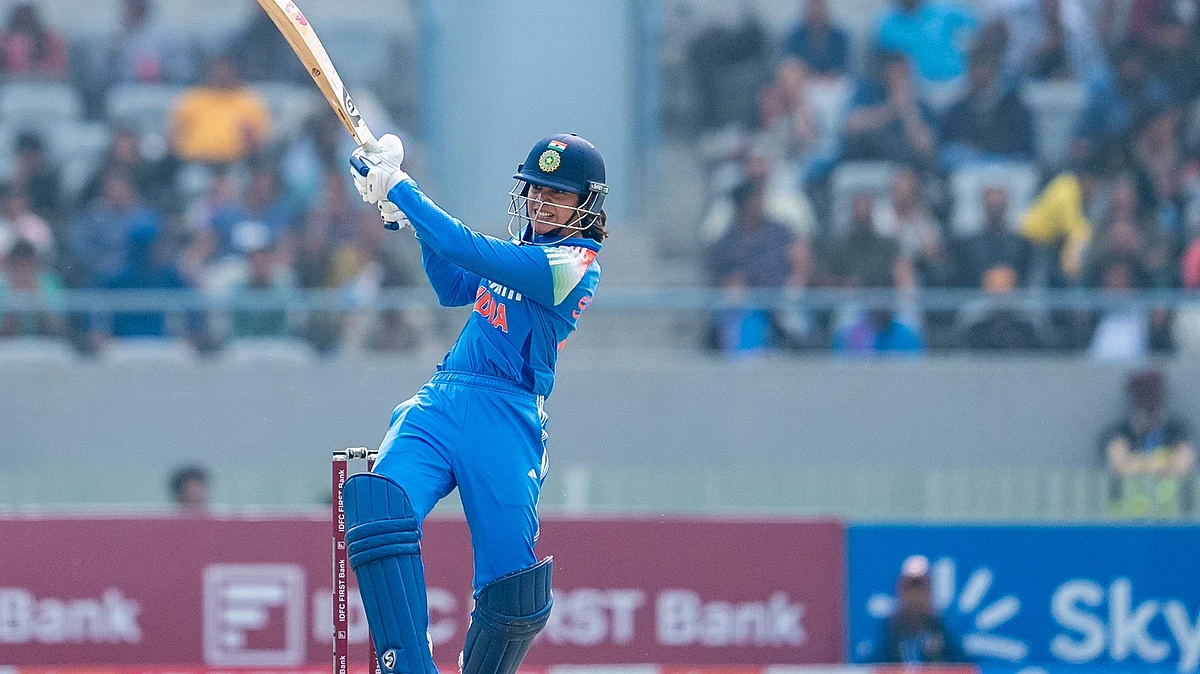Here is an interesting idea, about discipline. That it is different for different people. As a yoga teacher I have noticed that what is routinely regarded as good for one person, is poison for the other. When you study this further through the prism of yoga’s sister science Ayurveda, this rule – that there is no rule – becomes even more clear.
In Ayurveda, there are three doshas, personality types. No type is good or bad. Each has it pros, cons. But because it is natural for the person to do what their nature demands, they will aggravate their existing negative conditions, whether it relates to physical or mental health. So, the three doshas are vata, which means air, and represents a creative, volatile personality. Pitta, means fire, represents a fiery, aggressive, competitive personality. Kapha, meaning earth, represents a flowing, strong yet lethargic personality.
In fact, discipline in this context means doing something that is against your nature. Sage Patanjali said it: "Yogsch citta vritti nirodah". Meaning: Yoga is the movement against the movement of your own mind.
Kapha type
I have noticed that the kapha personality type would be the most disciplined. However, because they want their mind to flow, they prefer to use their legs more: therefore they will choose those types of activity where one is disengaged from the other, eg. running. They can withstand the extreme demand of running, switch off from physical pain, and can run for miles. This allows their mind to function on its own: mull about their problems, rethink solutions at work. Unfortunately, because they are otherwise strong, they will disregard the attendant problems that come with it – spinal disorders, including disc collapse, inflammatory conditions, knee problem, overall body stiffness. In fact, some of them trying to lose weight will actually develop hard muscle-and fat deposits from this sort of a wrongly chosen workout.
They will resist organised movement, like classical yoga, or dance, or cross-training where the mind needs to be engaged. They will keep resisting it even if they start on it and will take long breaks from these activities. Anybody who sees them will see them as hyper disciplined. They actually are not, in the yogic sense, because if they are disciplined they will choose the right activity that will address their health problems rather than aggravate it. They will also put on weight faster, because they are not cued to their satiation signals.
Yogic tip for kapha type: Do more sun salutation, dynamic poses, and challenge themselves with inversions, arm balancers and exciting variations. Include stimulating pranayamas like bhastrika and kapalabhati.
Vata type
A highly excitable vata type can do 108 sun salutations at the drop of a hat. They like dynamic movements. Keep trying different types of physical activities. One day running, next day boxing, and they will also love dancing. They are always on the go, physically. Again, an observer may admire their adventurous spirit. But because they distribute their energies all over the place, the vata type has the disadvantage of remaining a dilettante and not explore any activity seriously. Also, because of this diffused focus, it is the personality type that is most likely to strain itself to the point of extreme injuries and diseases. When doing yoga, it will run around trying different schools, instead of learning completely from one style. So, what from outside looks like great discipline could actually be doing this person a lot of damage.
Yogic tip for vata: Do more standing balancers. Focus on calming, static poses, and learn to hold poses longer instead of moving fast between them. Include calming pranayama like anulom vilom and bhramari.
Pitta dosha: Pitta dosha is competitive and stubborn by nature. They are most health-oriented of the doshas. Unfortunately, they will refuse to give up a particular type of therapy even if arguments are presented against it, till they actually fall sick from it. They are also impatient with progression and will feel confident to try poses or activity for which they are not ready. While all this may appear as strength to many, in yoga, this would be foolhardy! They like the ritual of yoga and are attached to it. But are most likely to resist other schools of yoga or healing aspects of yoga, when asked to change direction. So, here again, what may appear as discipline actually can trip the practitioner.
Yogic tip for the piita type: They need to do a calming, soothing practice. Focus more on forward bends, and gentler inversions. They need to do calming pranayamas like anulom vilom; cooling ones like seetali; and soothing ones like ujjayi.
(June 21 was World Yoga Day)









